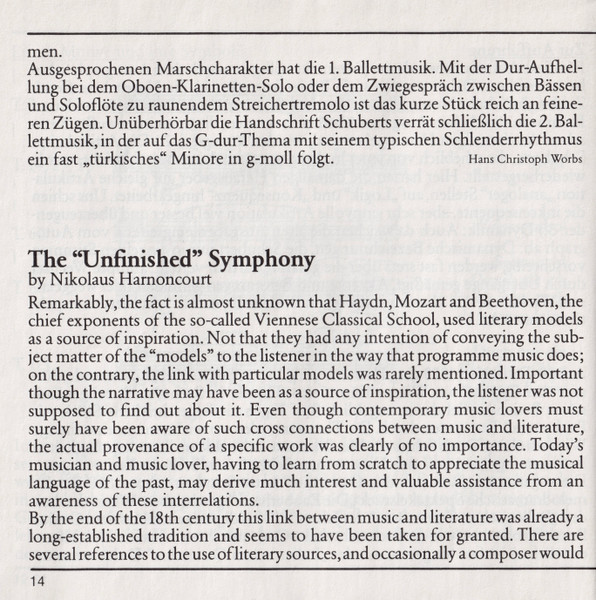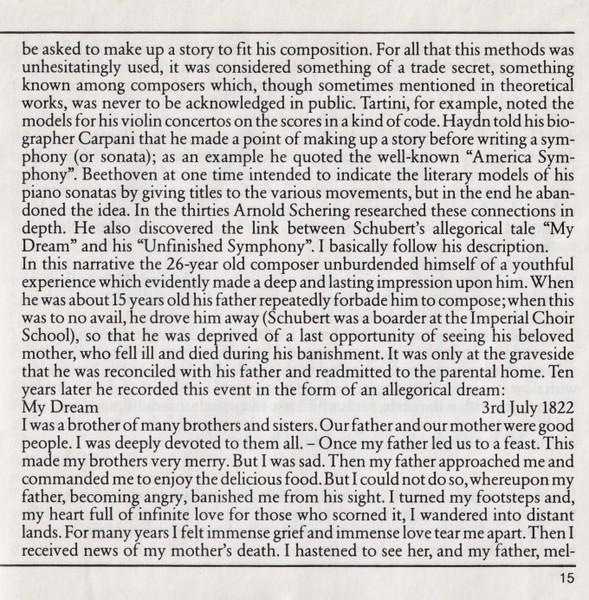Harnoncourt, in his essay for this CD, says that Haydn told Carpini that he made up stories before writing symphonies. And he gives as an example Haydn's "well known 'America Symphony'" (in the German text Auswanderergeschichten.)
He also says that Beethoven had literary models for (all?some?) of his piano sonatas, and some of them were indicated in titles to various movements.
Is this a joke? What is Haydn's Auswanderergeschichten Symphony? What are the literary titles of of the movements of Beethoven's piano sonatas?



 translates to:
translates to:
Comment